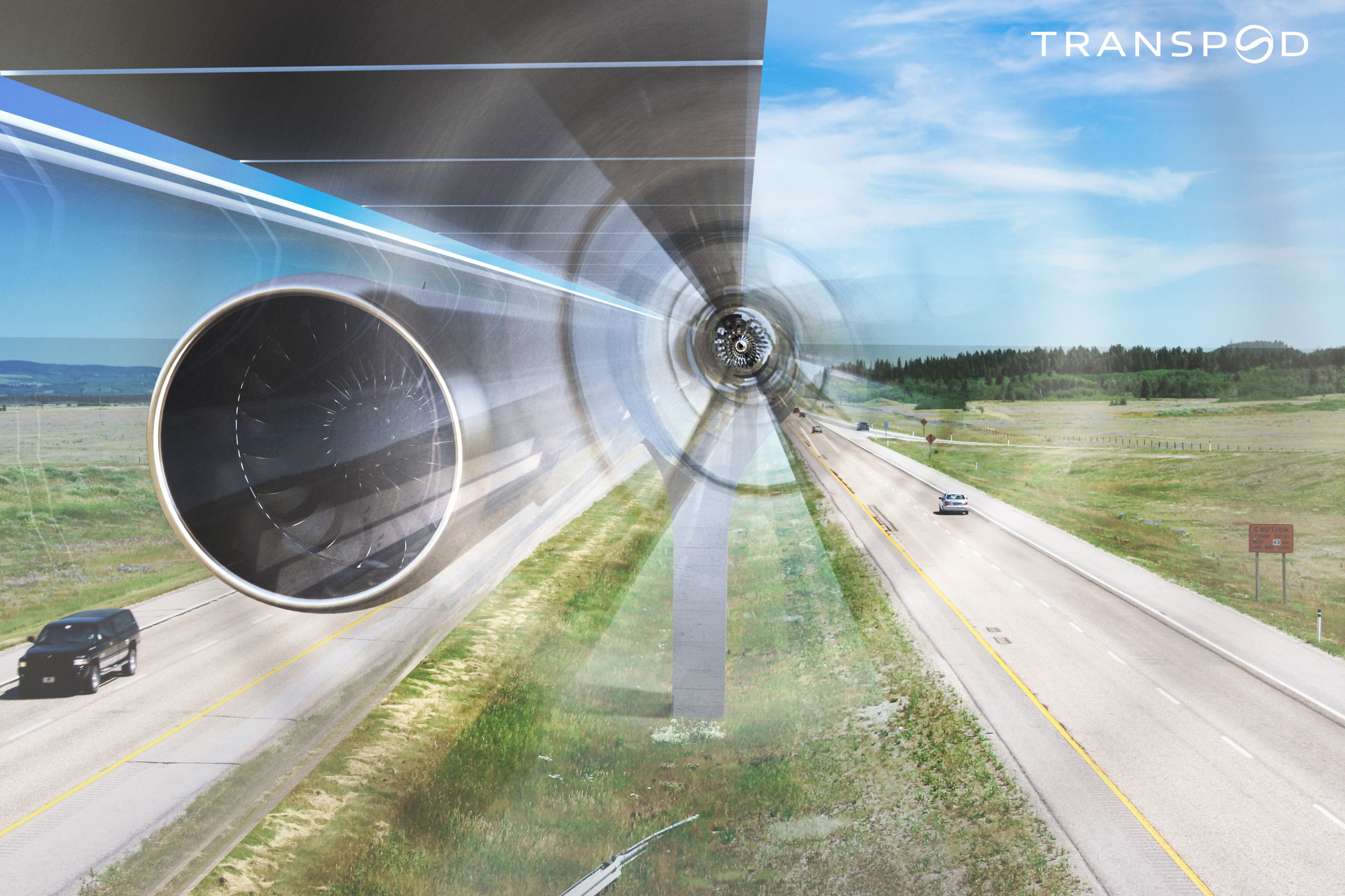
Hyperloop line from YYC to YEG via Red Deer needs provincial commitment
RED DEER — From Calgary to Edmonton with a stop in Red Deer, all in under 30 minutes?
A Toronto company founded in 2015 believes they’re close to making that a reality with their innovative hyperloop technology.
Transpod Founder and CEO Sebastien Gendron says with funding from the federal government and the European Union, they are now set to build a system in Canada.
“The goal is really to be able to develop something which is better than what we have. Most of the time we talk about the speed, but it also has to be cheaper, more convenient, and of course sustainable,” Gendron says. “If you have those elements, then it’s worth the challenge.”



